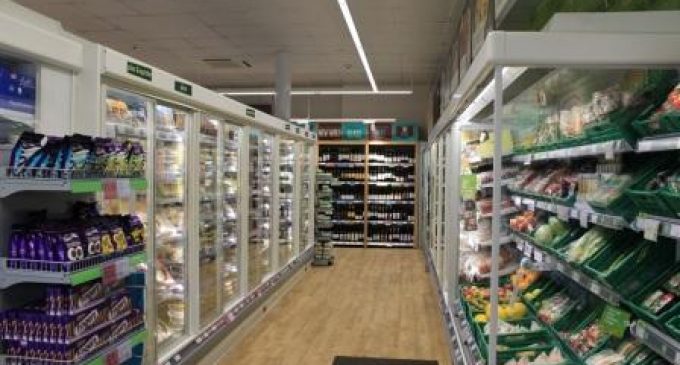UK Food and Grocery Forecast to Grow by 15% by 2022

June 07
12:05
2017
The UK food and grocery market is forecast to grow by 15% between now and 2022, giving it a value of £213 billion, according to the latest forecasts released today by grocery research organisation IGD. IGD is predicting growth across all the major grocery channels, with the discounters set to put in a particularly strong performance driven by ambitious store opening programmes, new store formats and range investment. By 2022, IGD is forecasting that one in every £7 will be spent at a discounter, up from one in every £9 now.

































